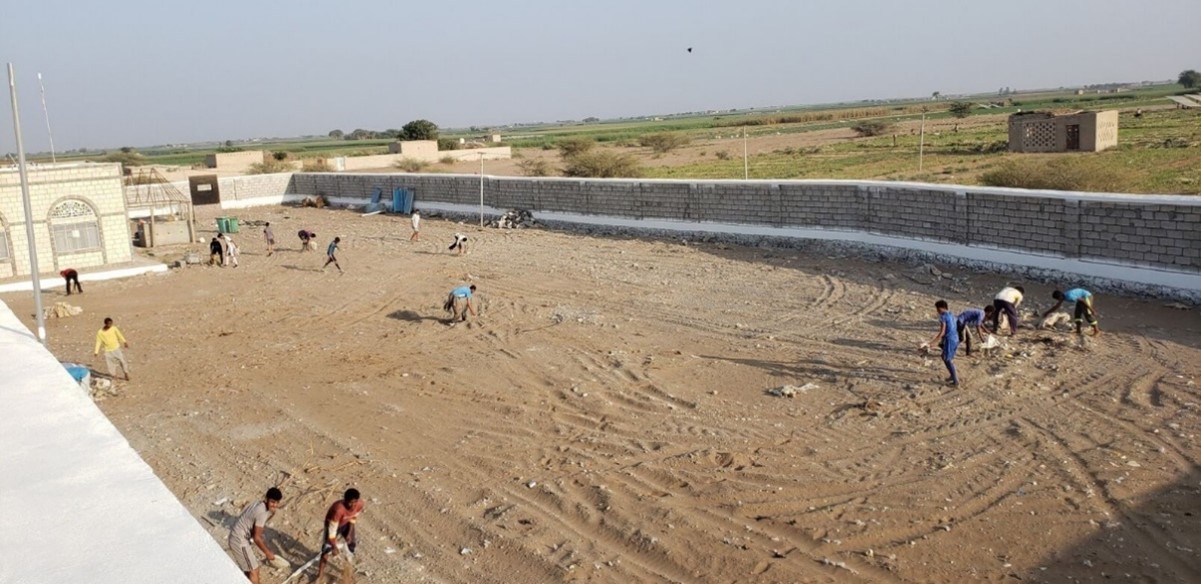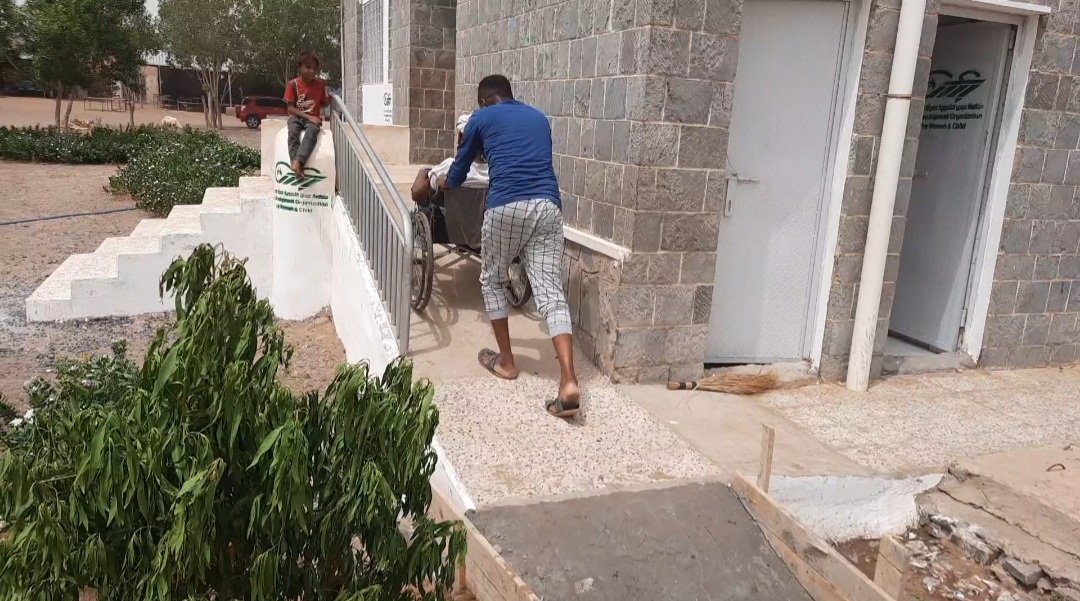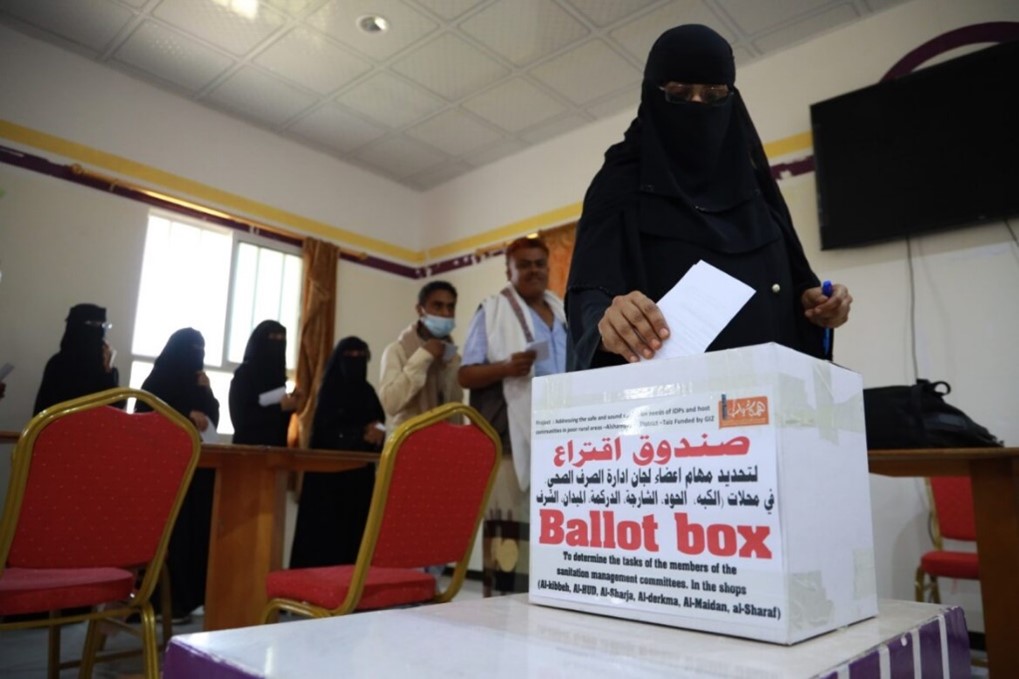Making basic services accessible to internally displaced persons and the local population
Improving access to basic social services for internally displaced persons (IDPs) and the local population
-
Commissioning Party
German Federal Ministry for Economic Cooperation and Development (BMZ)
-
Country
-
Overall term
2016 to 2026
-
Products and expertise
Security, reconstruction and peace

Context
War has been raging in Yemen since 2015 and there have been devastating consequences: large parts of the infrastructure have been damaged or destroyed, the majority of the population is dependent on humanitarian aid and millions of people lack adequate access to drinking water, sanitation and health care.
The number of internally displaced persons in the country is estimated at 4.4 million. The local administrations of the host regions are barely able to meet the needs of their own population and therefore cannot respond to the additional requirements and needs of vulnerable groups. The social and psychological well-being of the population suffers as a result.
Objective
Access to health care, water and sanitation, as well as to basic social services, has improved for internally displaced persons and the local population in host communities. In particular, the needs of disadvantaged groups are taken into account.

Approach
The project has been improving basic services for the population in the regions of Ibb, Taiz, Hajjah, Hodeidah, Aden and, since 2024, Hadramout. It focuses on the needs of internally displaced persons, people with disabilities, women, children and other disadvantaged groups.
The project focuses on inclusive and gender-sensitive implementation, and pursues several priorities:
- It improves the resilience of the target population.
- It systematically supports health care providers in order to counteract the lack of qualified personnel and the destruction of facilities.
- It promotes health training for the prevention and control of infections, and for obstetrics, and it improves sanitation systems and drinking water supplies and makes them barrier-free and inclusive.
- It raises the population’s hygiene awareness and improves the management and administrative skills of local authorities in the areas of water, sanitation and hygiene.
- It offers psychosocial services, primarily for women, children and people with disabilities.
Last update: February 2024





